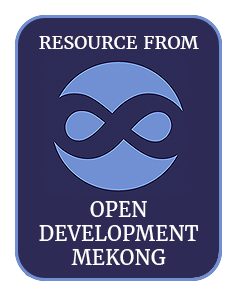Urban malaria in Africa: proceedings of a Technical Consultation on the Strategy for Assessment and Control of Urban Malaria, Pretoria, South Africa, 02-05 December 2004
Urban-hinterland water transactions: A scoping study of six class I Indian cities
Urbanising India and river health.
The presentation looks at the current status of river systems of India from a basin perspective, and review how indicators of urbanization, such as demographics and migration, infrastructure development, growth of cities and towns, development of urban agglomerations, provision of utility services and land-use changes, have impacted the life of rivers.
Water reuse in Africa: challenges and opportunities
Watershed moments: a photographic anthology celebrating 30 years of research for a water-secure world (1985–2015 and beyond)
Sub-decree on Phnom Penh Land Use Master Plan for 2035
The objective and strategy-oriented development goal of Phnom Penh urbanization aim to:
- Orient land usage and ensure the existing potential value of the Phnom Penh capital city in sustainable, efficient and equitable ways, in order to support the socio-economic development, ensure food security, pulchritude and environmental quality.
- Orient the development with equality, equity and correspondence between Phnom Penh capital city, city, provinces of the country and other states’ cities.
The transformation of urban industrial land use: A quantitative method
A large number of cities around the world today owe their land use growth to the rapid development of industrial areas. The spatial structure of industrial distribution in cities shape urban spatial morphology linking with land use, transportation, economic activities, and housing. Meanwhile, growth and expansion of city population and land use reconfigure the spatial structure of industrial distribution. Research into urban industrial spatial distribution and its transformation process may help urban planners and decision makers understand the land use and population dynamics of a city.



